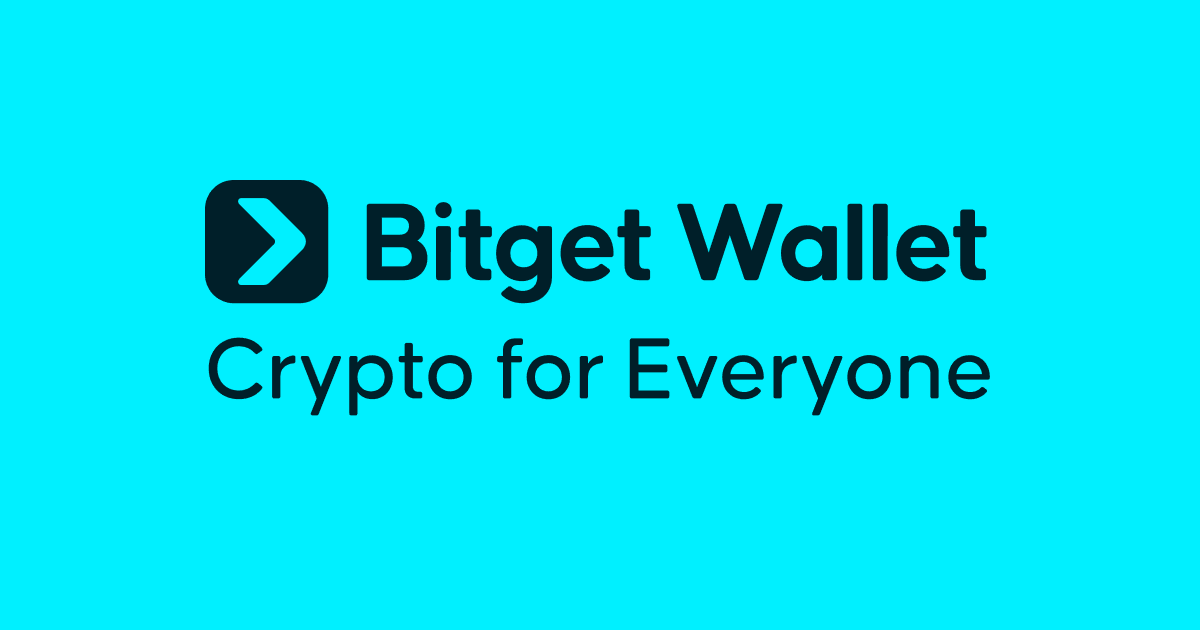So, I was thinking about staking lately—yeah, that crypto thing where you lock up your coins to earn more. At first glance, it sounds pretty straightforward: hold tokens, get rewards. But wow, the deeper you dive, the more tangled it gets. Honestly, I wasn’t sure if I’d bother with BWB tokens. Something felt off about the hype around them.
Then I stumbled on some real-world use cases, and it hit me: this isn’t just another token to park in a wallet. The BWB ecosystem is weaving together staking, DeFi, and social trading in a way that feels… fresh. Hmm, that’s rare in crypto, right? Usually, it’s just bells and whistles.
Here’s what bugs me about many staking models—they tend to lock you in long-term without much flexibility. But BWB’s approach seems to embrace Web3’s core ethos: decentralization plus user control. That’s a combo I can get behind, especially since I’ve been using bitget wallet for a bit now, and it makes managing such tokens surprisingly seamless.
Really? Yes. Because the wallet’s integration with multi-chain networks means I can stake BWB while still having access to other assets across different blockchains. It’s like carrying a Swiss Army knife instead of a single-purpose tool. And the social trading features? They add a layer of community insight that I find invaluable.
Okay, so check this out—staking BWB tokens isn’t just about earning passive income; it’s about becoming an active participant in a growing DeFi ecosystem. The rewards are competitive, sure, but what struck me was how staking aligns incentives for token holders to support network security and governance. It’s not just a one-way street.
Initially, I thought staking was a slow, boring process, but then I realized that with BWB, the dynamic is different. The token’s utility extends beyond the usual yield farming. For example, staking can unlock exclusive access to certain platform features and social trading signals. On one hand, that sounds like a marketing gimmick, though actually, it’s a clever way to incentivize engagement and community growth.
My instinct said to be cautious—DeFi projects can be risky, no doubt. But the design behind BWB staking integrates safeguards that help minimize those risks. I mean, nothing’s foolproof in crypto, but the multi-chain compatibility and transparent governance mechanisms built into the BWB protocol reduce single points of failure.
Whoa! Did you know that with some wallets, staking BWB is literally just a few clicks away? No complicated contracts or command-line nonsense. That ease of use is a game-changer for newbies and pros alike. The bitget wallet, in particular, nails this balance between power and simplicity, which is why it’s been my go-to.
Now, let’s talk Web3 connectivity. At first, I assumed it meant just linking wallets to dApps. But BWB’s ecosystem takes it further by enabling seamless interaction across decentralized applications without hopping through hoops. This fluidity promotes more organic usage patterns, which, honestly, is what Web3 should be about.

Check this out—when staking BWB through bitget, you’re also plugged into a social layer where traders share insights, strategies, and even pool resources. It’s like having a decentralized investment club at your fingertips. This social trading twist adds a human element to what can often feel like a cold, technical process.
One thing I wasn’t 100% sure about initially was the tokenomics behind BWB. Are the rewards sustainable? Is there a risk of inflation diluting value? Actually, wait—let me rephrase that. The BWB project implements a deflationary mechanism alongside staking rewards, which theoretically balances supply and demand over time. Though, as with any crypto, market volatility can still throw curveballs.
Here’s the thing. If you’re like me and appreciate a good blend of tech and community, BWB’s staking offers an intriguing proposition. It’s not just about locking up tokens for yield but participating in a growing, interactive ecosystem. And from what I’ve seen through bitget, this integration feels polished and user-friendly, which makes all the difference.
Oh, and by the way, the ability to switch between chains without exiting the wallet? That blew me away. It’s not just convenient; it’s a subtle nudge toward the future where Web3 isn’t fragmented but connected. Staking BWB tokens through a wallet with such multi-chain prowess is like having your cake and eating it too.
Still, I’m biased. I prefer wallets that don’t just store assets but actively enhance my crypto experience. The social trading aspect of bitget combined with BWB staking ticks that box nicely. It’s not perfect, of course. Some features are still evolving, and there’s always that learning curve.
But if you’re hunting for a modern multi-chain wallet with staking capabilities that genuinely integrates DeFi and social elements, I’d say give bitget a look. It’s been a solid companion in my crypto journey, especially when dealing with tokens like BWB that thrive on connectivity and community.
Honestly, it’s refreshing to see projects that don’t just chase hype but focus on building ecosystems where users have real influence and utility. That’s the kind of staking experience that keeps me coming back.
Common Questions About BWB Staking and Web3 Connectivity
What makes BWB staking different from other tokens?
Unlike many staking tokens, BWB ties rewards to active network participation and social trading incentives, fostering a more engaged community rather than just passive holders.
Can I stake BWB on multiple chains?
Yes, thanks to platforms like bitget wallet that support multi-chain operations, you can stake BWB across compatible blockchains without juggling multiple wallets.
Is staking BWB risky?
All staking involves some risk, but BWB incorporates deflationary measures and transparent governance to help reduce typical DeFi vulnerabilities. Still, always do your due diligence.

